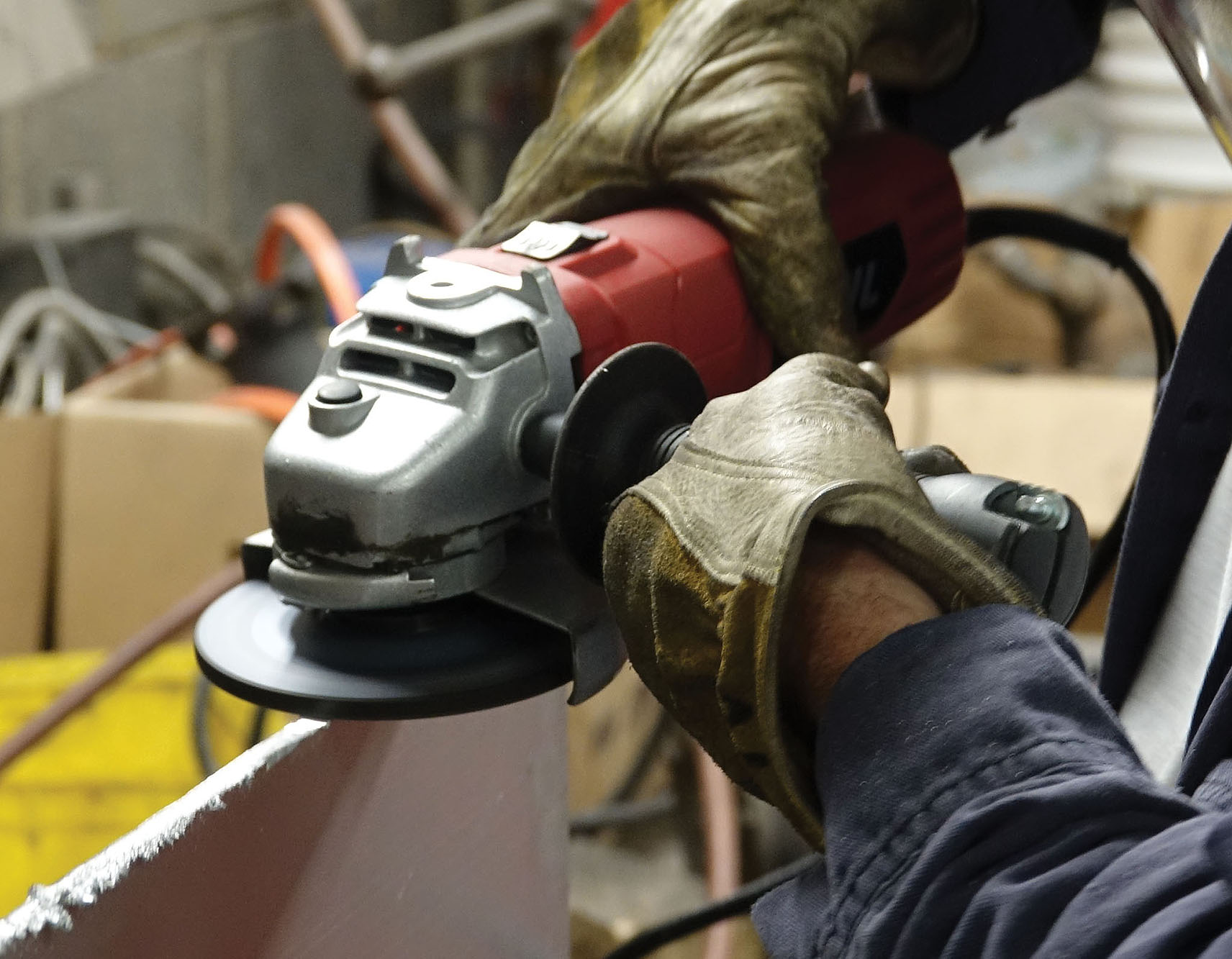Henan Qianna Trading Co., Ltd.
Tel: +86-0371-65015556
Mob: +86-15544129888
E-mail: info@qn-abrasive.com

1. The Material Being Ground
The first thing to consider when selecting a grinding wheel specification is what are we grinding? What is the material, and how hard is it? Is it easy to grind or difficult? By reviewing these elements, we can select the correct abrasive type, the grain's attributes, the appropriate grit size, and bond type.
2. The Severity of the Operation
Severity of operation also helps determine the grit size. For operations that are more severe or have heavy pressure, we want to use a coarser grit so that the grain will hold up to the grinding pressure.
3. Required Finish and Form Accuracy
When trying to select the correct wheel specification, we need to look at the operation and establish whether we are looking for rapid stock removal or a finer finish. Whether the part is simple/flat or if there is a form to hold. Knowing these requirements will help us select the correct grinding wheel for the process.
4. Area of Contact
This factor looks at how the force applied to make a chip will be distributed through the grind zone in much the same way surface area is related to pressure in a hydraulic system.
5. Wheel Speed
Wheel speed determines what bond type is most suited for the required speed or if a special high speed bond might be required.
6. Coolant Use
The sixth factor we consider is coolant use. Coolant in a grinding system affects vitrified and organic (resin) bonded wheels differently and is considered when determining the wheel's grade or hardness.
7. Machine/Spindle Horsepower
We have to consider the horsepower of the grinding machine to determine the grade of the bond or hardness of the wheel.